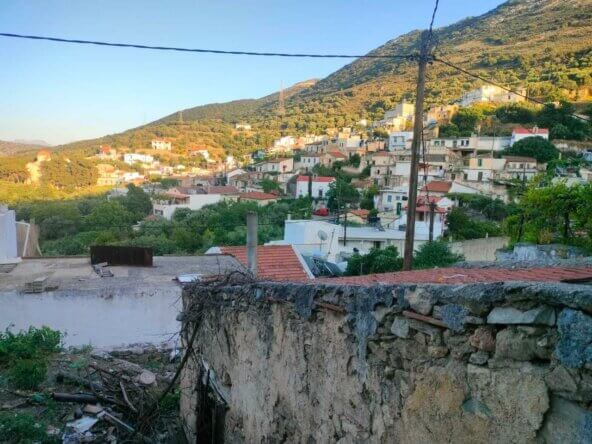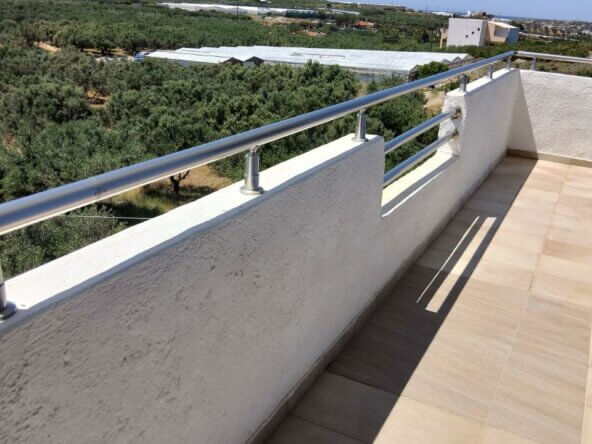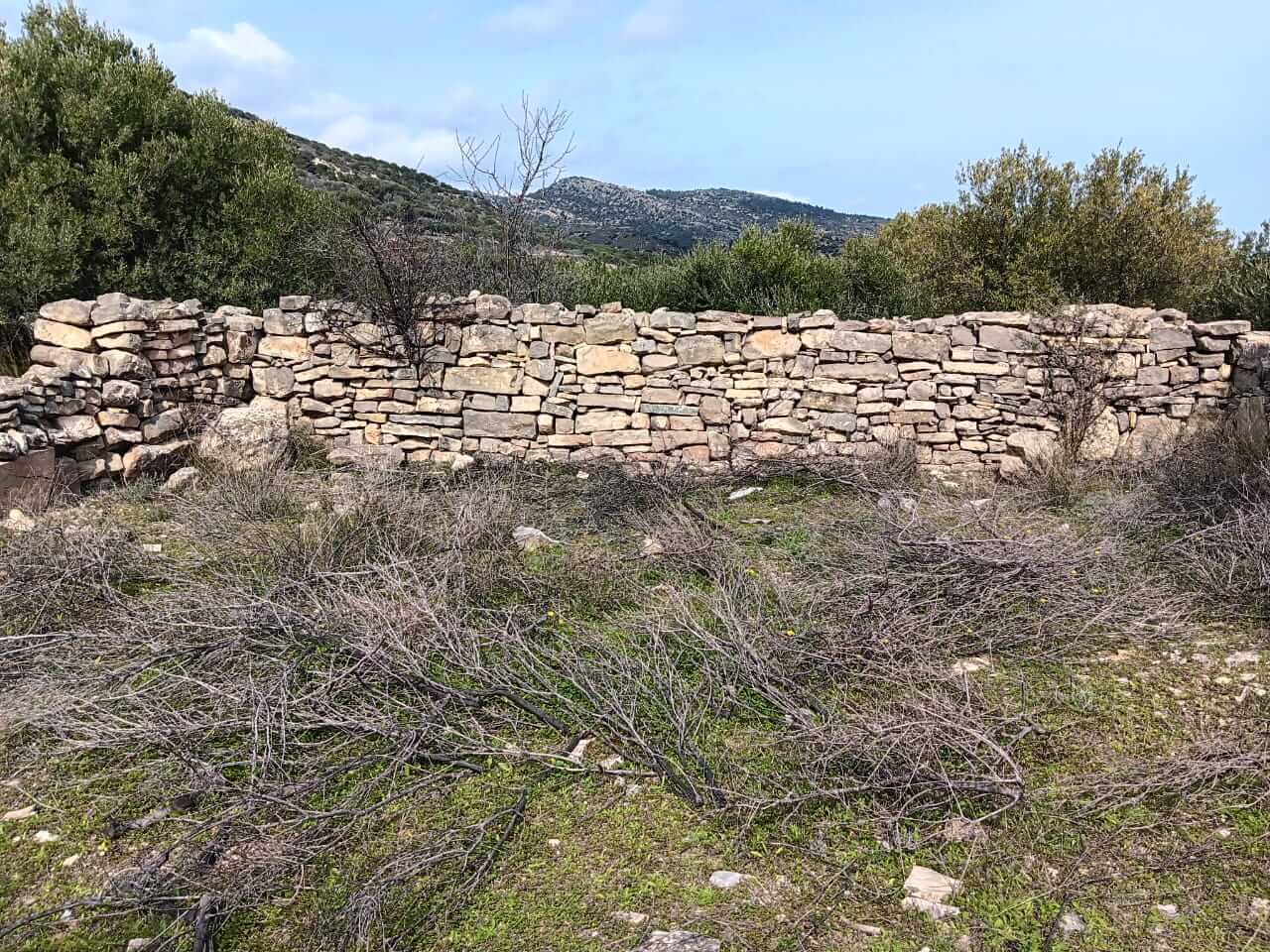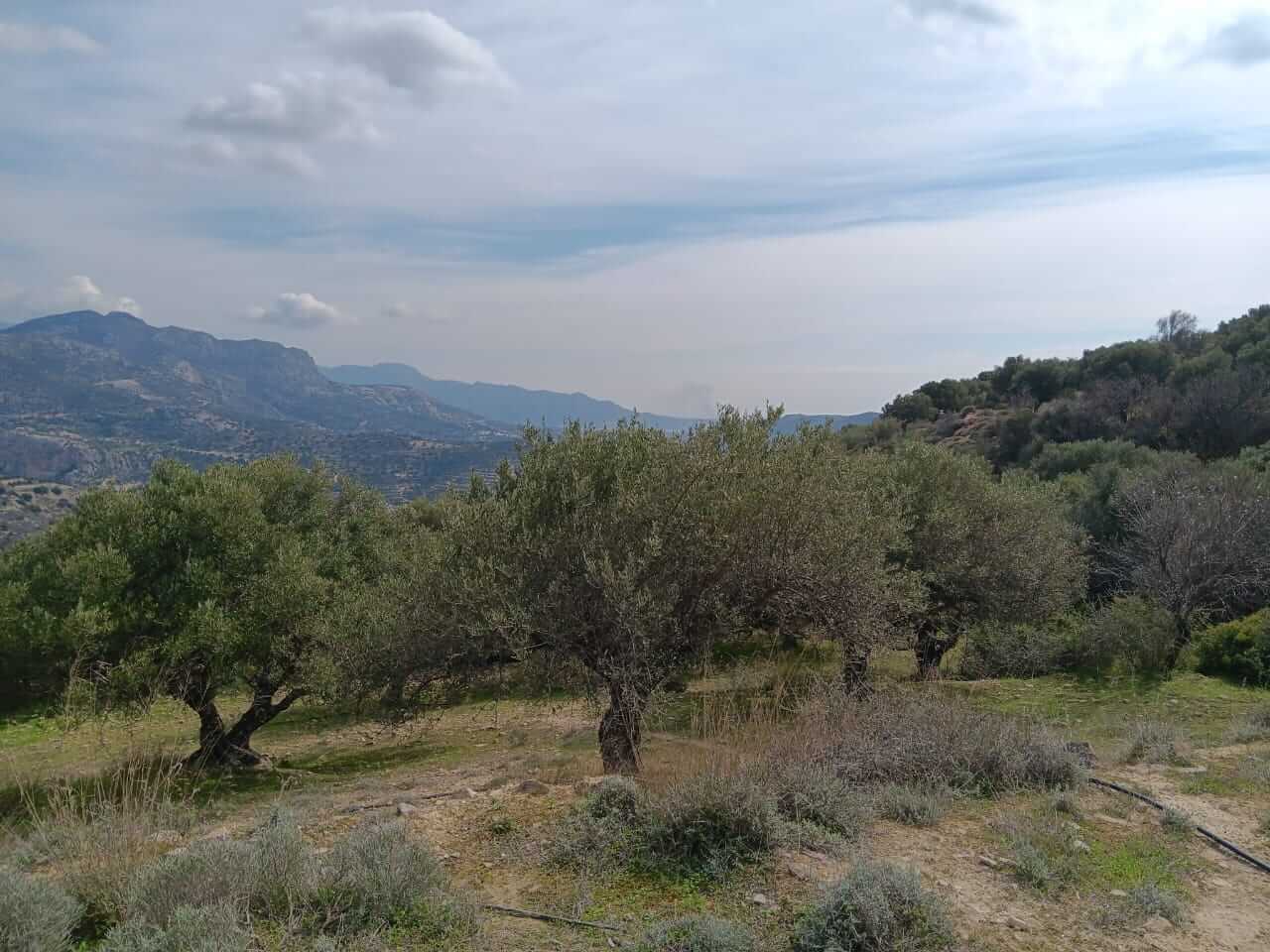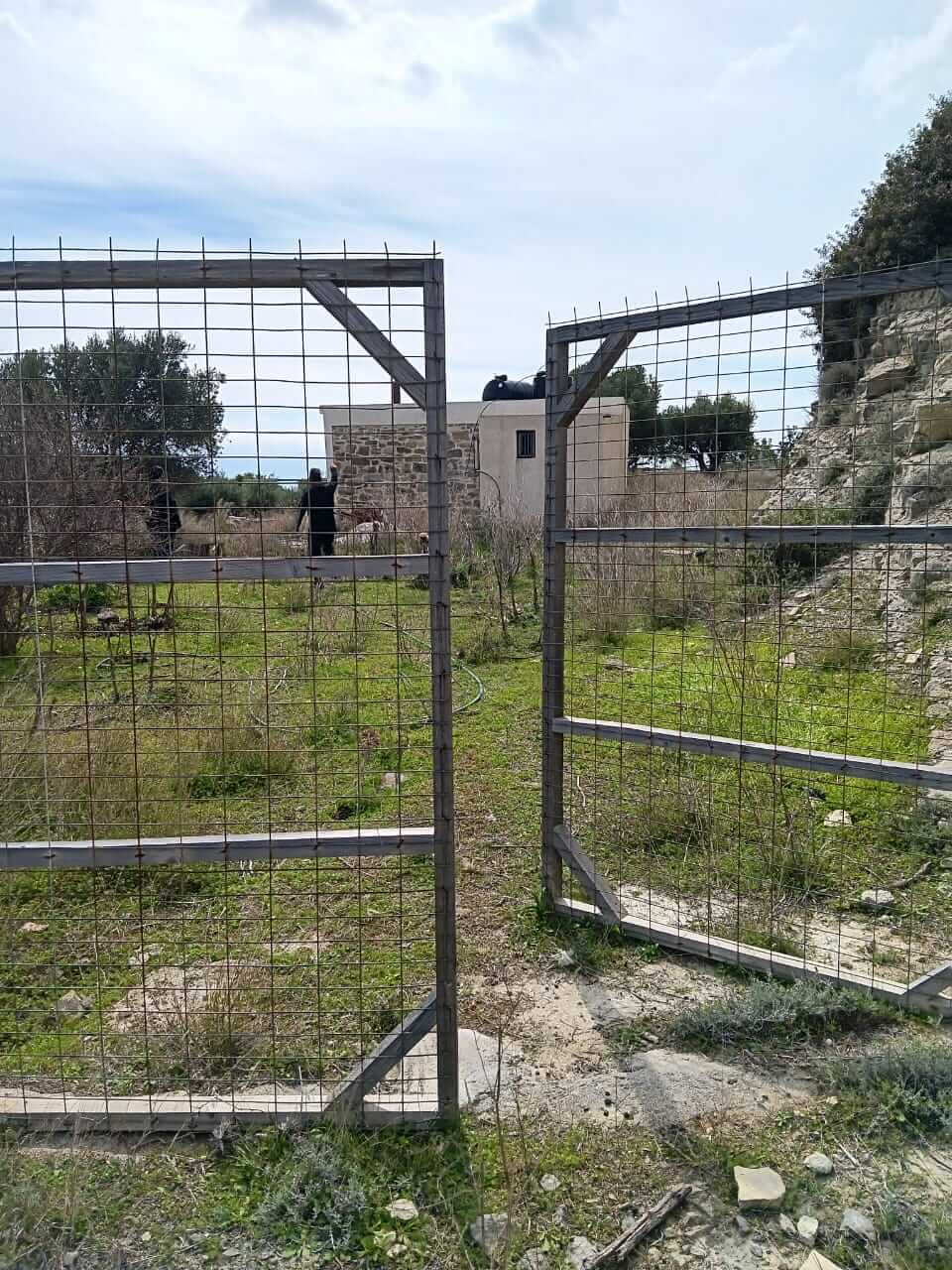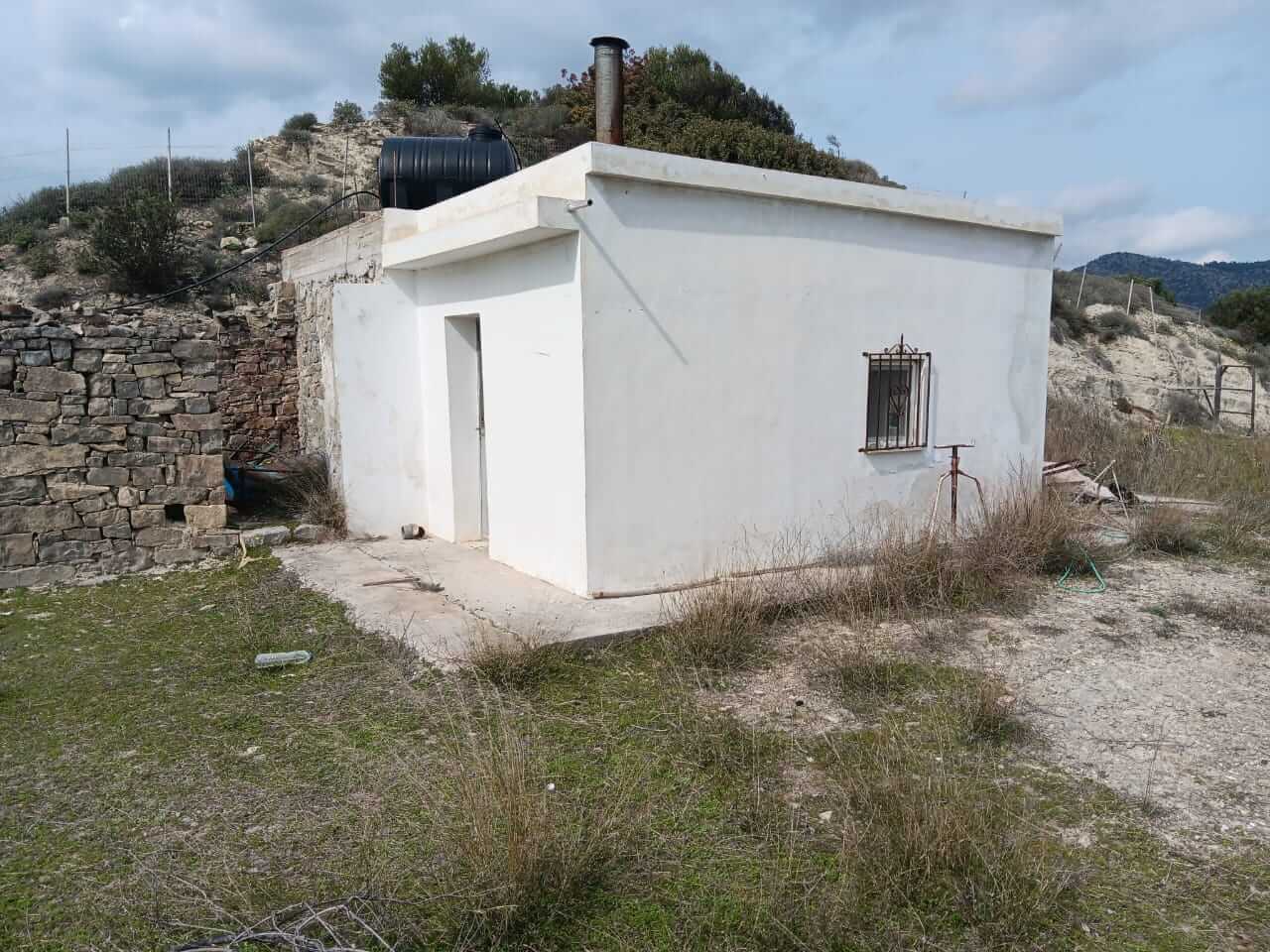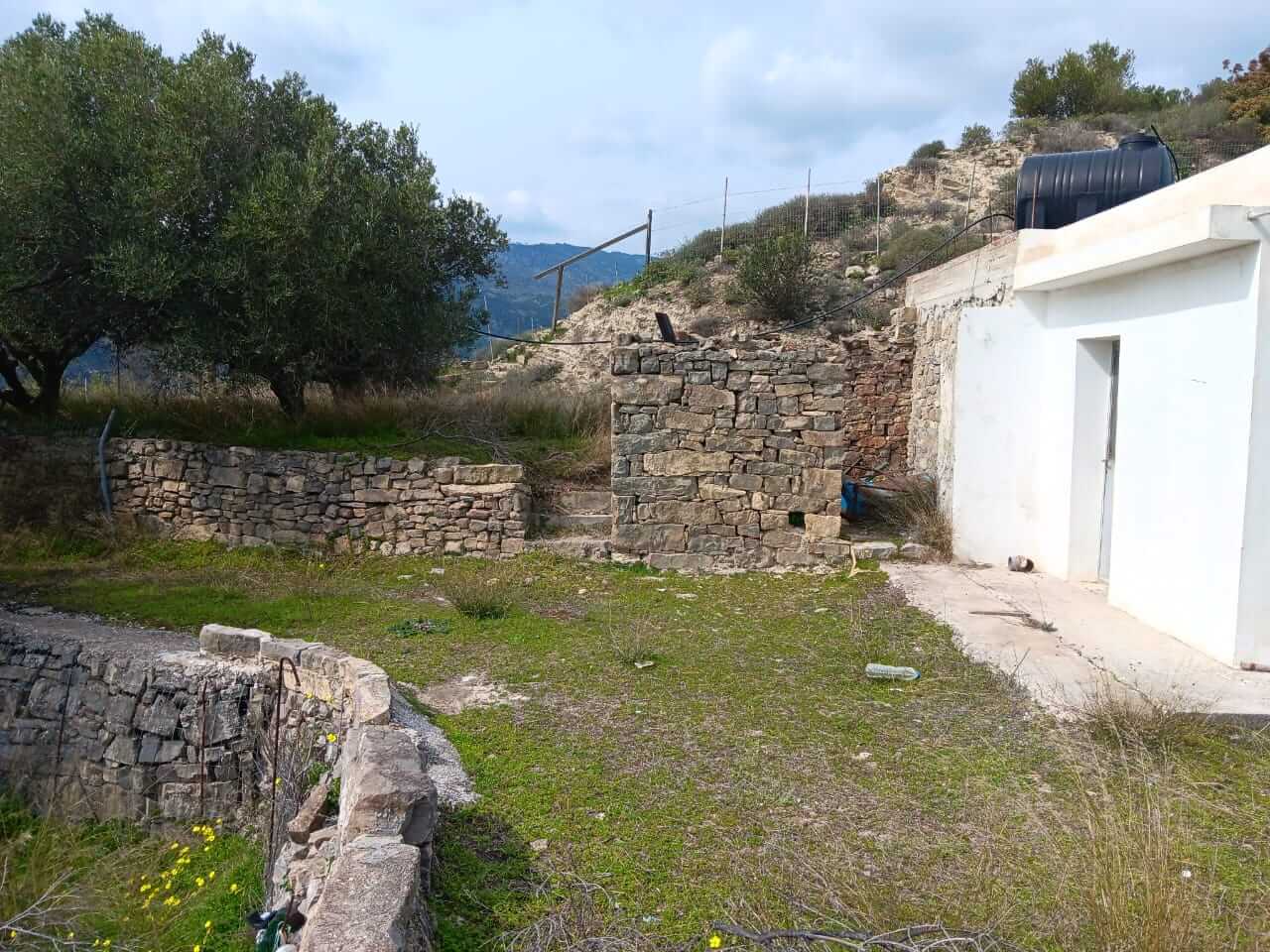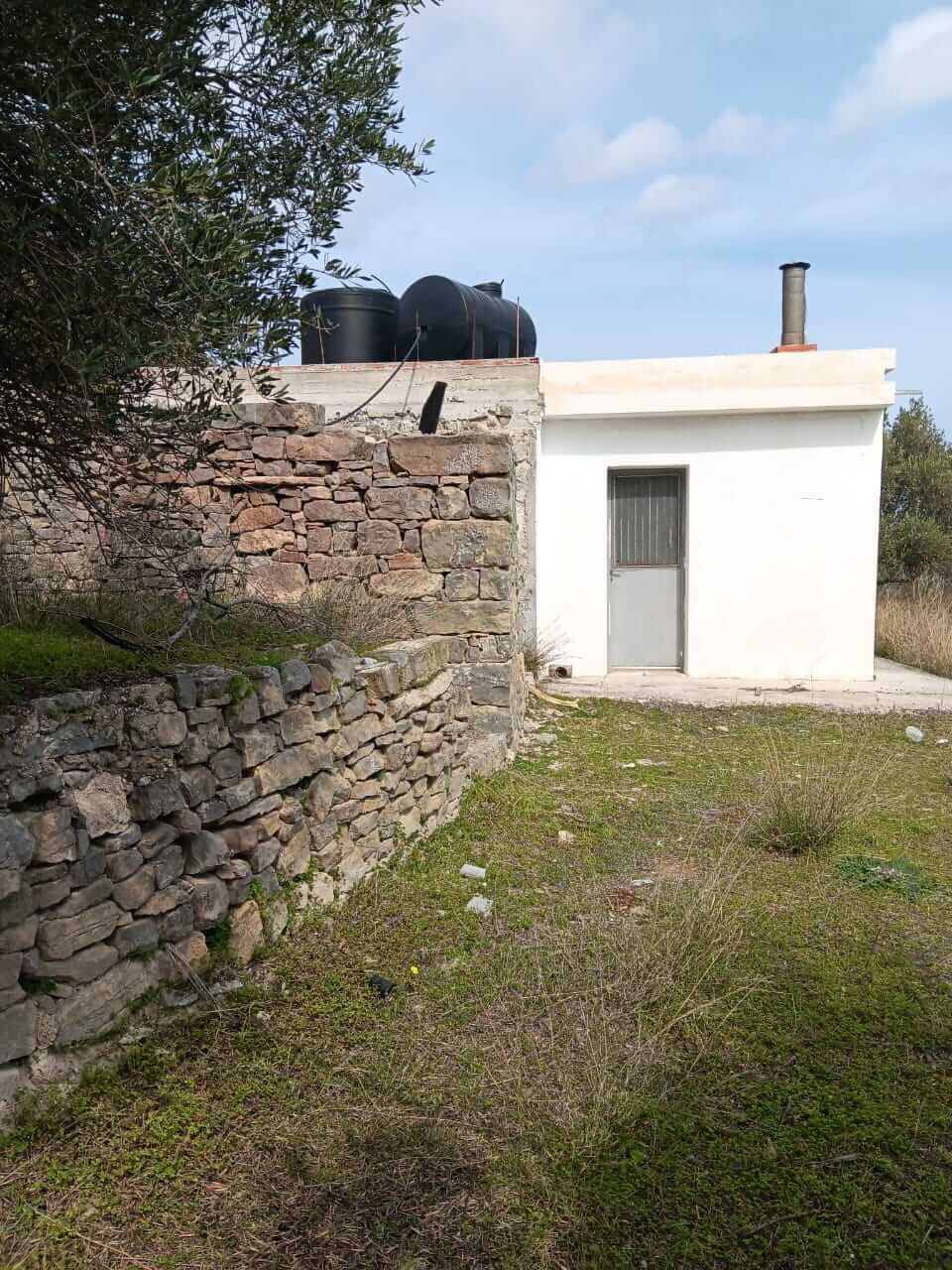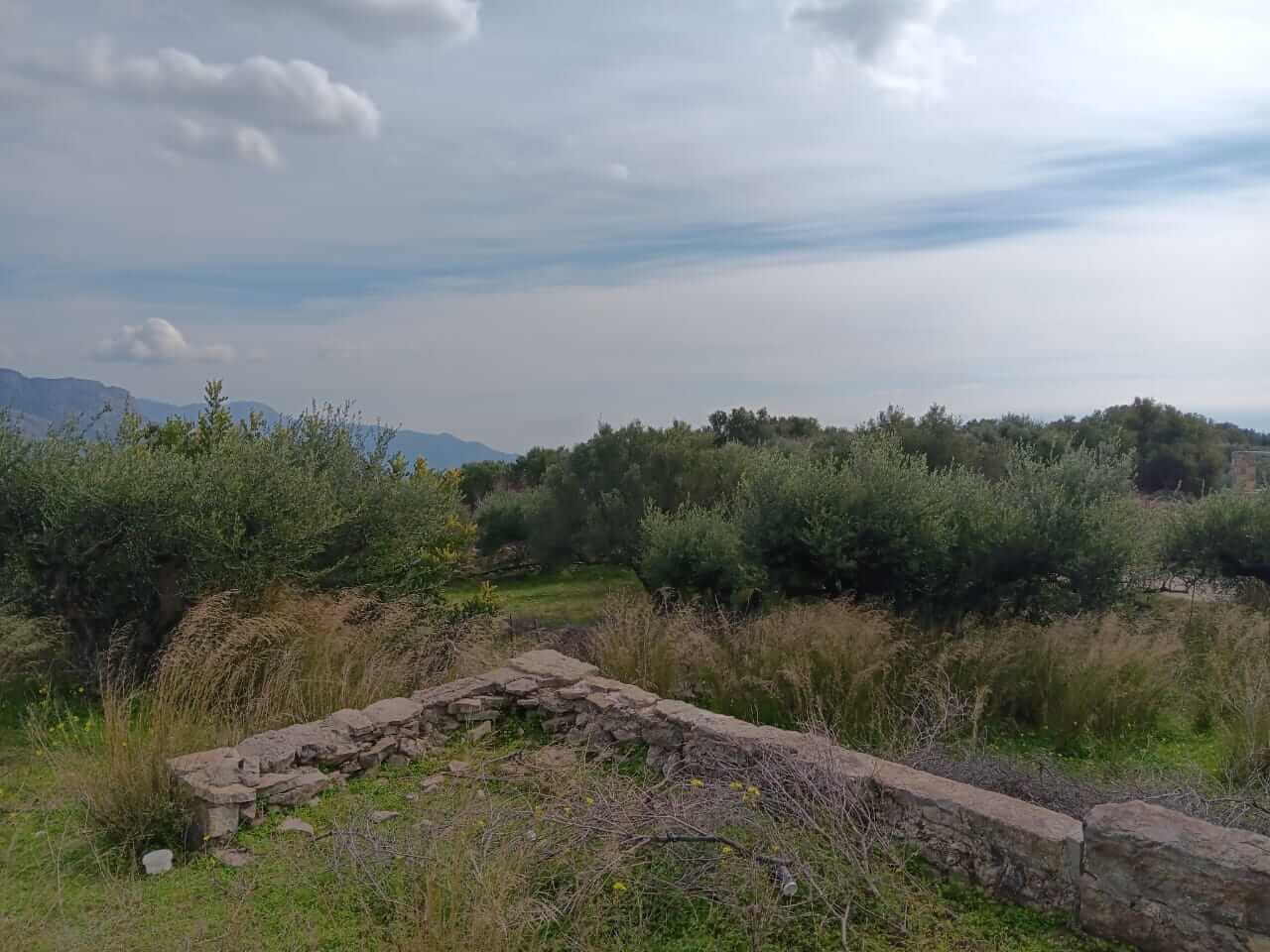Description
in AnogeiaIt is only 15 minutes from the city of Ierapetra and 1 km from the village of Kalamavka Overlooking the Libyan Sea Total construction 200 sq.m Kalamavka,
Kalamavka is a village and community in the municipality of Ierapetra (Ierapetra District), in eastern Crete. It is located approximately 25 km from Agios Nikolaos. It is built at an altitude of 500 meters at the western foothills of the Lasithio mountains, at a distance of 15 kilometers northwest of Ierapetra.
A place of incomparable beauty, and at the same time one of the largest, most prosperous and historical villages of Ierapetra. The bare “meteor” rocks with bonsai pines popping up where you don’t expect it, the abundant water, with the springs and the Kalamaukian river crossing the length of the village and the impressive gorge of Hauga gave Kalamavka the nickname of “Chinese Landscape » and this is only one element of which the inhabitants of the village can be proud.
Kalamavka is built at an altitude of 500 meters and has approximately the same number of permanent residents. The inhabitants are mainly engaged in agricultural work, while it is famous for its many taverns and local cuisine.
It is believed that the ancient city of Larissa was there, which flourished during the Minoan period and whose exact location still causes researchers a headache. In the location of Psathi, a little outside the settlement, finds have been found that show significant human activity. Rich springs have always been the element that gave Kalamauka its comparative advantage, and the reason it has been continuously inhabited for thousands of years. From the Kefalovrysi area, with its beautifully designed springs and spectacular plane trees, begins the Kalamaukian river that crosses part of the settlement, offering a unique sight to those who want to cool off by visiting the taverns that operate on its banks.
Directly opposite the village stands the towering, 200-meter-high massive and impressive rocky mass of Kastelos, which was once the natural fortress of the settlement. After climbing 248 steps, the cave church of Timios Stavros is now found, while the many ancient findings have officially designated the top as the Acropolis of ancient Larissa. At that point, inside the cave, a bronze figurine of Asclepius was found, which is now in a museum in Oxford. The view from the top is unique with the plain of Ierapetra and the Libyan Sea on one side, and the whole village together with the mountains of Diktis on the other.
Just outside the village is the beginning of the path that leads to the gorge of Hauga. A place of indescribable beauty, easily accessible, with the impressive rocks, the “little Meteora of Lasithi”, as they have been called to beautify the lively vegetation that is cared for by the waters that flow down to the plains. Scattered in various parts of the rocks are the fossils of shells and corals, of which the temples of Kalamavka are many and particularly remarkable. Apart from the small church at the top of Kastello, in the village there are also the churches of Agios Antonios, the patron saint of the village, with impressive wood carvings inside and special decoration on the outer door, while in Kastelana, a little outside the settlement, are the post-Byzantine churches of Agios Georgios and Timios Stavros, with very remarkable frescoes.
The area is characterized by its springs. The Kalamaukianos river originates from the Kefalovrysi area, which crosses the settlement. Near the southern quarter of the village rises the steep Kastelos hill, about 200 meters high. At its top, accessible via a staircase with 248 steps, is located inside a cave, the temple of the Cross. Near Kalamavka is the gorge of Hauga.
source: www.cna.g
Features
Details
Updated on February 22, 2024 at 10:13 am- Property ID: ΗΖ-359
- Price: 69,000€
- Property Size: 6 m²
- Land Area: 50 m²
- Property Type: Field, Houses
- Property Status: For Sale
Similar Listings
Mortgage Calculator
- Principal & Interest

